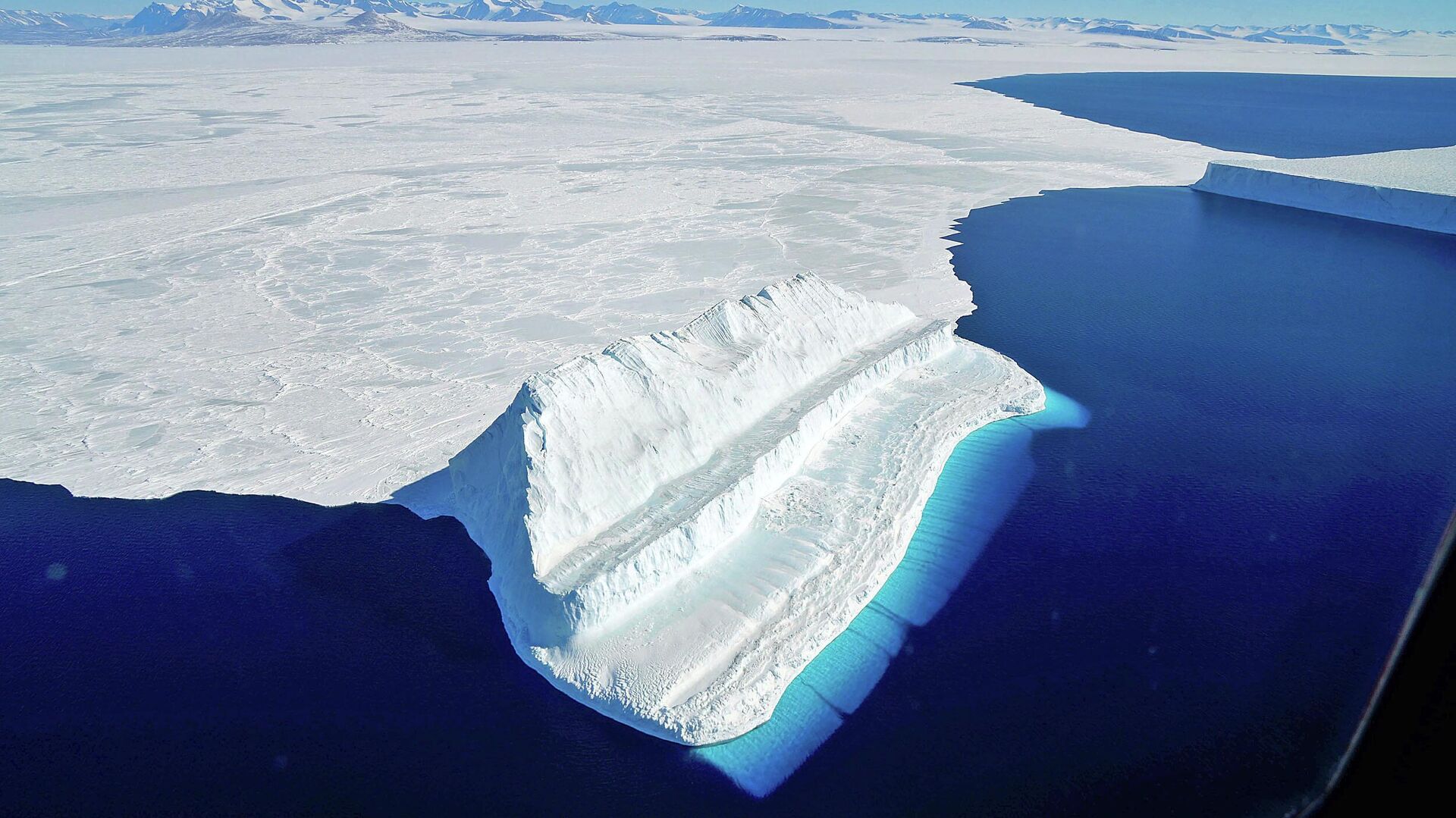https://sputnikglobe.com/20221011/1-million-year-old-dna-found-in-antarctica-waters-1101702281.html
1 Million-Year-Old DNA Found in Antarctica Waters
1 Million-Year-Old DNA Found in Antarctica Waters
Sputnik International
Sedimentary ancient DNA (sedaDNA) analysis is a technique that deciphers what organisms have lived in the ocean and when. Researchers claim that learning about... 11.10.2022, Sputnik International
2022-10-11T00:48+0000
2022-10-11T00:48+0000
2023-04-21T10:42+0000
science & tech
antarctica
https://cdn1.img.sputnikglobe.com/img/07e6/05/07/1095333842_0:131:2500:1537_1920x0_80_0_0_7d7b4772efbb3c713c9b17ca96df740c.jpg
Antarctica is one of the regions that’s most vulnerable to climate change, which makes it a priority of study for scientists interested in polar marine ecosystems. A new study led by the University of Tasmania recently discovered the oldest marine DNA ever found in deep-sea sediments of the Scotia Sea–which sits north of Antarctica.SedaDNA, or sedimentary ancient DNA, is found in many environments, including subarctic permafrost and terrestrial caves, where scientists have found material dating back up to 650,000 years. The study is evidence that sedaDNA techniques can help to reconstruct ecosystems across thousands of years, giving us better insight into the oceans’ changing ecospheres.According to the study, which can be found in Nature Communications, the researchers discovered single-celled organisms called diotoms, which are creatures that roamed around 540,000 years ago, when the arctic was much warmer than it is now. The information gleaned points to diatom abundance in warmer periods around 14,500 years ago, which led to an increase in marine life activity across the entirety of the Antarctic region.The researchers feel that learning more about the past is “a matter of urgency” that may help us predict what will happen to marine ecosystems as the oceans warm once again.
antarctica
Sputnik International
feedback@sputniknews.com
+74956456601
MIA „Rossiya Segodnya“
2022
News
en_EN
Sputnik International
feedback@sputniknews.com
+74956456601
MIA „Rossiya Segodnya“
Sputnik International
feedback@sputniknews.com
+74956456601
MIA „Rossiya Segodnya“
science & tech, antarctica
science & tech, antarctica
1 Million-Year-Old DNA Found in Antarctica Waters
00:48 GMT 11.10.2022 (Updated: 10:42 GMT 21.04.2023) Sedimentary ancient DNA (sedaDNA) analysis is a technique that deciphers what organisms have lived in the ocean and when. Researchers claim that learning about the history of oceanic organisms can help us make predictions about the future of marine life in the face of climate change.
Antarctica is one of the regions that’s most vulnerable to climate change, which makes it a priority of study for scientists interested in polar marine ecosystems. A new study led by the University of Tasmania
recently discovered the oldest marine DNA ever found in deep-sea sediments of the Scotia Sea–which sits north of Antarctica.
“This comprises by far the oldest authenticated marine sedaDNA to date," explained Dr. Linda Armbrecht, the lead investigator from the University of Tasmania, Australia.
SedaDNA, or sedimentary ancient DNA, is found in many environments, including subarctic permafrost and terrestrial caves, where scientists have found material dating back up to 650,000 years. The study is
evidence that sedaDNA techniques can help to reconstruct ecosystems across thousands of years, giving us better insight into the oceans’ changing ecospheres.
"Antarctica is one of the most vulnerable regions to climate change on Earth, and studying the past and present responses of this polar marine ecosystem to environmental change is a matter of urgency," write the researchers in their published paper.
According to the study, which can be found in Nature Communications, the researchers discovered single-celled organisms called diotoms, which are creatures that roamed around 540,000 years ago, when the arctic was much warmer than it is now. The information gleaned points to diatom abundance in warmer periods around 14,500 years ago, which led to an increase in marine life activity across the entirety of the Antarctic region.
The researchers feel that learning more about the past is “a matter of urgency” that may help us predict what will happen to marine ecosystems as the oceans warm once again.



